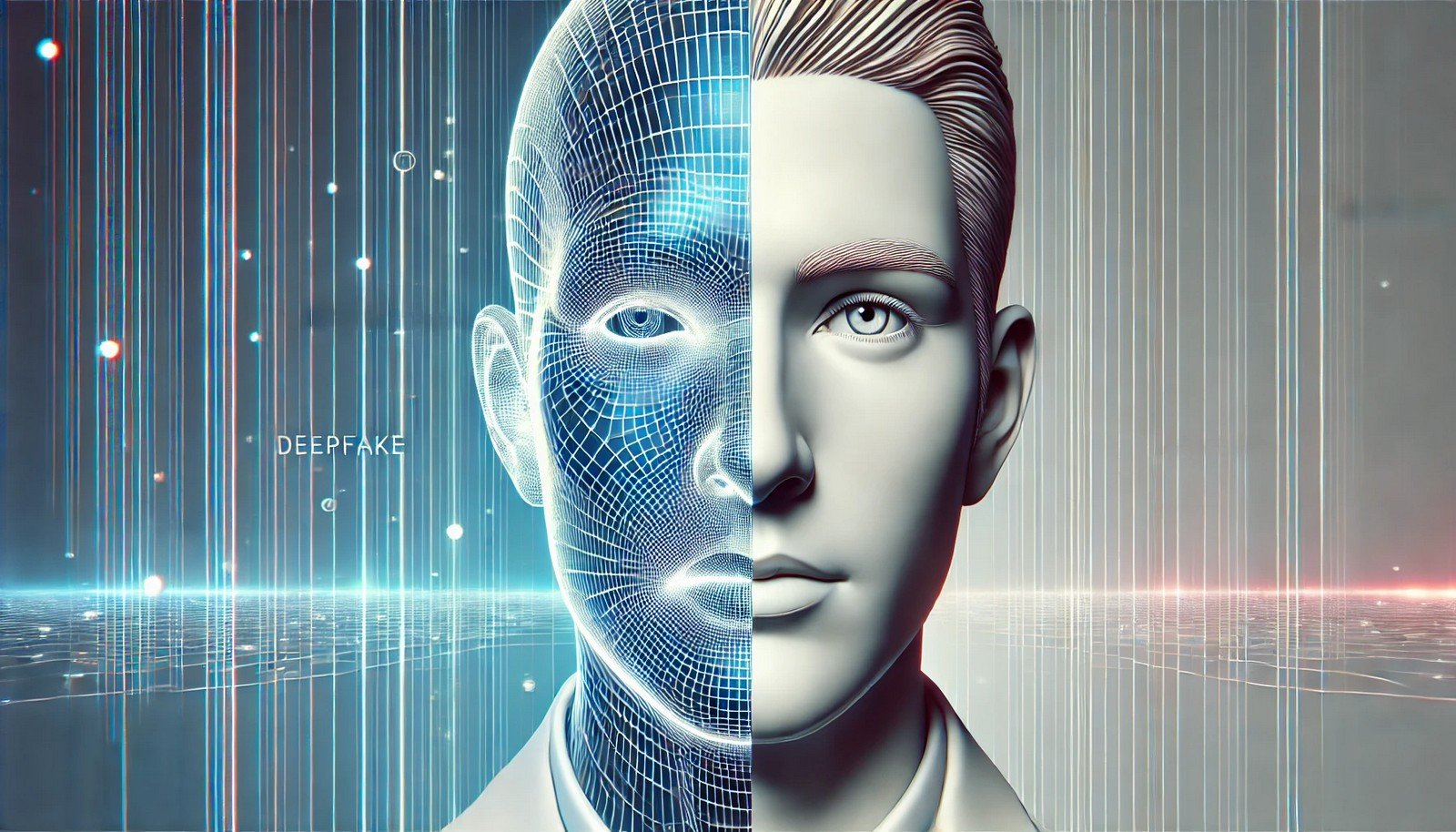Deepfake

Quick Navigation:
- Deepfake Definition
- Deepfake Explained Easy
- Deepfake Origin
- Deepfake Etymology
- Deepfake Usage Trends
- Deepfake Usage
- Deepfake Examples in Context
- Deepfake FAQ
- Deepfake Related Words
Deepfake Definition
Deepfake refers to a type of synthetic media in which artificial intelligence is used to produce or alter content to create misleading representations of people or events. Typically, deepfake technology uses deep learning techniques and generative models, like GANs (Generative Adversarial Networks), to swap faces, manipulate voices, and simulate other aspects of real persons in images, videos, or audio clips. While deepfakes have gained popularity in entertainment, they also pose significant risks in misinformation, cybercrime, and personal privacy breaches.
Deepfake Explained Easy
Imagine if you could make a puppet that looked exactly like someone and could make it say or do whatever you wanted. That’s what a deepfake does, except it’s done by a computer! A deepfake can make a video look like a famous person is saying or doing things they never really did.
Deepfake Origin
The technology underlying deepfakes emerged from advancements in deep learning and computer vision, primarily from the late 2010s. The term itself was popularized by online communities, where early face-swapping experiments led to this technology becoming more widely known. Since then, deepfake capabilities have rapidly evolved, now being both easier to create and harder to detect.
Deepfake Etymology
The term combines “deep,” referring to deep learning techniques used, and “fake,” denoting the artificial or deceptive nature of the content produced.
Deepfake Usage Trends
With the rise of accessible AI tools, deepfake technology has proliferated, becoming a widely discussed topic due to its ethical implications. While initially used for entertainment, it’s increasingly scrutinized in fields like cybersecurity, social media, and law, where deepfakes can be used in misinformation, identity theft, and reputational attacks.
Deepfake Usage
- Formal/Technical Tagging:
- Deep Learning
- Artificial Intelligence
- Synthetic Media - Typical Collocations:
- "deepfake video"
- "deepfake technology"
- "face swap deepfake"
- "deepfake detection software"
Deepfake Examples in Context
- A deepfake video can create a false impression of a public figure making statements they never actually made.
- Entertainment industries sometimes use deepfakes for digital effects or to bring historical figures into films.
- Deepfake audio can replicate a person’s voice to create audio clips that sound real but are entirely fabricated.
Deepfake FAQ
- What is a deepfake?
A deepfake is synthetic media created using AI, often to swap faces or voices, making it appear as if someone is doing or saying something they never did. - How are deepfakes made?
Deepfakes are created using deep learning algorithms, often through techniques like GANs (Generative Adversarial Networks) to manipulate media. - Are deepfakes illegal?
Laws vary by region; while some uses are permissible, deepfakes used for deception or harm are generally illegal. - Can deepfakes be detected?
Detection tools exist and are improving, but as deepfake technology advances, distinguishing real from fake becomes more challenging. - What are common uses of deepfakes?
They are used in entertainment, digital effects, and sometimes maliciously for misinformation or blackmail. - How can deepfakes impact security?
They can be used in identity theft or misinformation, posing risks in cybersecurity and privacy. - Who develops deepfake technology?
Initially developed by researchers in AI, it has since expanded to various industries and individual creators. - How can deepfakes be used in movies?
Film studios use deepfakes for de-aging actors or reviving historical figures digitally. - What are ethical concerns with deepfakes?
Issues arise when they are used maliciously, as they can damage reputations, invade privacy, and spread misinformation. - Are there solutions to counter deepfakes?
Yes, researchers are creating tools to detect deepfakes, and legislation is being considered in many regions.
Deepfake Related Words
- Categories/Topics:
- AI Ethics
- Cybersecurity
- Digital Media
- Misinformation
Did you know?
In 2019, a deepfake video featuring a digital impersonation of Facebook’s CEO made waves online, raising awareness about the technology’s potential for misuse and sparking discussions on digital rights and media literacy.
PicDictionary.com is an online dictionary in pictures. If you have questions or suggestions, please reach out to us on WhatsApp or Twitter.Authors | Arjun Vishnu | @ArjunAndVishnu

I am Vishnu. I like AI, Linux, Single Board Computers, and Cloud Computing. I create the web & video content, and I also write for popular websites.
My younger brother, Arjun handles image & video editing. Together, we run a YouTube Channel that's focused on reviewing gadgets and explaining technology.



Comments powered by CComment